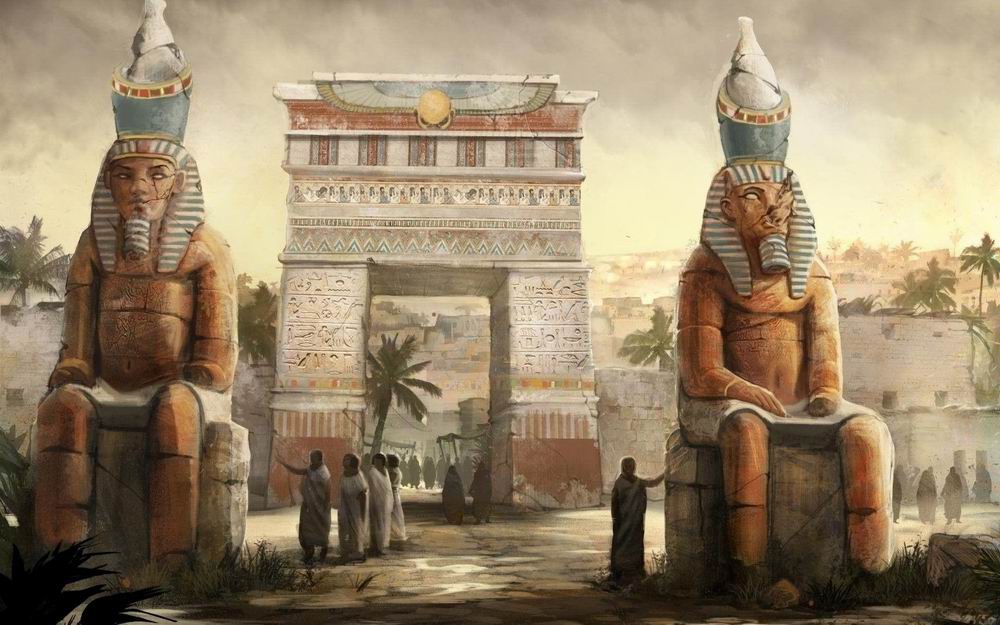Memphis stretched to the north along the east bank of the Nile, and its location has commanded political and strategic power ever since. It was in Memphis that the Romans constructed their city called Babylon. Muslim Arabs who immigrated there from the Arabian Peninsula in AD 641 later called the site Al Fustat.
When a dissident branch of Muslim believers known as the Fatimid conquered Egypt in 969 A.D., they established their headquarters in the city and called it Al-Qahira (Cairo). In the 12th century, Christian Crusaders attacked Cairo, but they were defeated by a Muslim army from Syria led by Saladin, who went on to found the powerful Ayyubid Dynasty in the city.
The Mamluke established their capital in Cairo in the 13th century, and the city became renowned throughout Africa, Asia, and Europe. Cairo declined after the mid-14th century, however, when bubonic plague, also known as the Black Death, struck the city, decimating its population, which it also did to much of Europe.
The Ottomans conquered Cairo in 1517 and ruled there until 1798 when the area was captured during an expedition led by Napoleon I of France. Ottoman rule was restored in 1801, but by the middle of the 19th century, Egypt’s foreign debt and the weakness of the Ottoman Empire invited greater European influence in Cairo.
The Viceroy Ismail Pasha, who ruled from 1863 to 1879, built many European-style structures in the city and used the occasion of the opening of the Suez Canal northeast of Cairo in 1869 to showcase the city for the European powers.
However, much of the development that took place during this period was funded by foreign loans, which led to an increase in the national debt and left Cairo vulnerable to control by Great Britain. The British effectively ruled Egypt from Cairo from the late 19th century through the period after World War I (1914-1918), when the foreign presence in Cairo began to diminish.
Cairo’s population grew rapidly during the war years, reaching 2 million by the outbreak of World War II in 1939. Since that time, the city has continued to boom in terms of both population and development. Some of this population growth resulted from the influx of refugees from cities along the Suez Canal that were damaged in the Arab-Israeli wars of the late 1960s and early 1970s.
Many new residential, commercial, and governmental structures have changed the city’s landscape as well. Tourist attractions have proven an important source of foreign revenue for Egypt, and have thus drawn correspondingly heavy investment from the government.
Cairo has also benefited from Egypt’s growing international prominence. The founding of the Arab League in 1945 made Cairo a politically vital capital, as has Egypt’s ongoing participation in the Middle East peace process.










